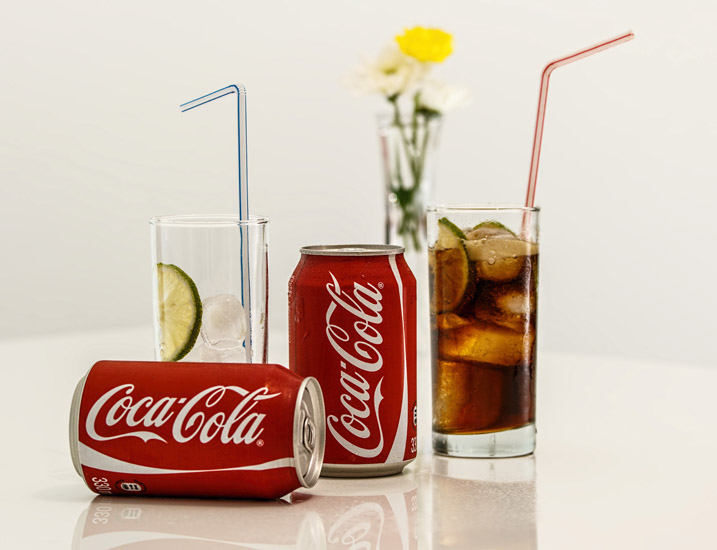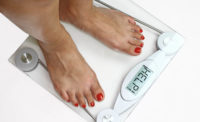The American Heart Association (AHA) says the evidence is clear:
- added sugars are a detriment to heart and brain health
- sugary drinks are the top single source of added sugars in the American diet and
- children are consuming ten times the amount of sugary drinks recommended.
With this in mind, the AHA commissioned experts at the Urban Institute to help increase understanding of the best means to decrease consumption of sugary drinks through taxation policy. The Pros and Cons of Taxing Sweetened Beverages Based on Sugar Content defines options for elected officials to improve the health of their states and communities, encourage industry to offer healthier beverage options, provide resources to invest in programs that improve people’s lives, and describes how to achieve these goals without placing an undo economic burden on low-income consumers.
A "smart way"
“This year, local governments across the country proved that taxes on sugary drinks have public support and are a smart way to increase revenue for health-promoting programs,” said AHA CEO Nancy Brown. “This report provides new insights for elected officials to consider in their efforts to decrease the health harms of sugary drinks.”
A key finding demonstrates that taxing sugary drinks based on sugar content may be an effective approach to achieve better health and expand healthier options. Taxes linked to the amount of sugar incentivizes the beverage industry to reformulate and shift product lines towards lower-sugar products.
From 40 to 57 grams in a serving
Sugar content varies greatly by types of beverages. Regular soda can differ by as much as 40 grams of sugar in an 8-ounce serving and fruit drinks range from one gram to 57 grams of sugar. As cities and states focus on improving health, they can encourage healthier choices by placing greater taxes on high-sugar beverages and lower taxes on lower-sugar beverages. While both approaches have their benefits, this report shows that implementing a single-tier tax on sugar content could reduce overall sugar consumption more than a tax based solely on volume (25 percent vs. 22 percent).
Lower income kids drink more sugary beverages
Most children consume too many sugary drinks and children in low-income families consume two and a half times more than their peers in higher-income families. The report also suggests that if cities and states seeking to impose a sugary drink tax are exploring options to place less of a financial burden on low-income communities, they should consider a single-tier tax on sugar content.
The AHA also advocates that revenue from such taxes be dedicated to prevention programs, counter-marketing, or investments that address the health of the community.



